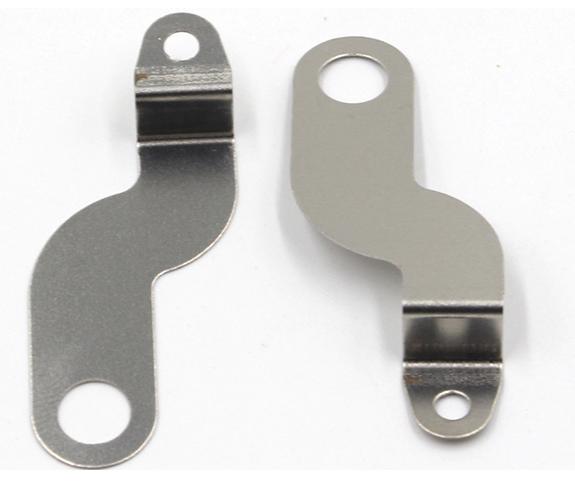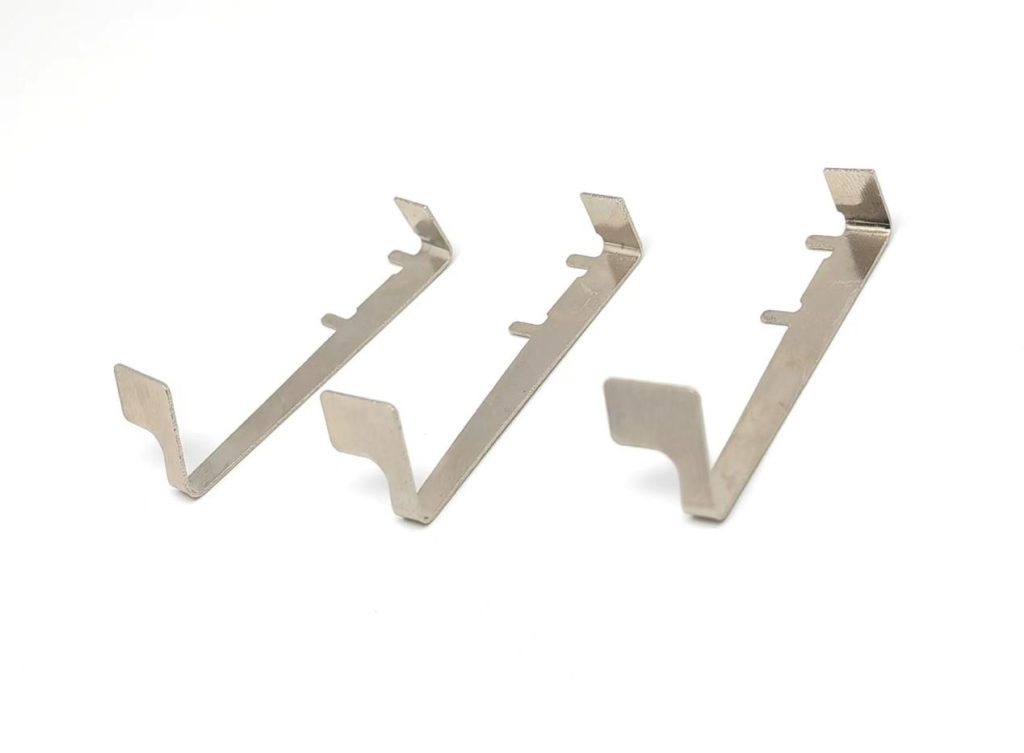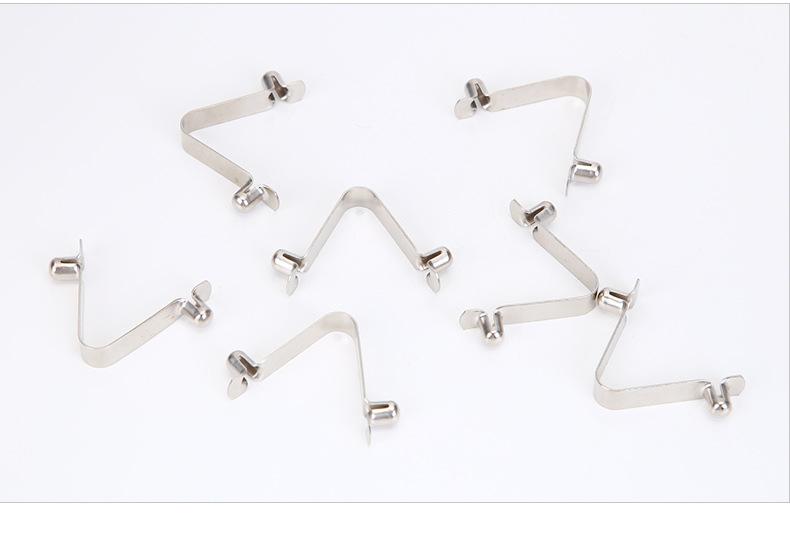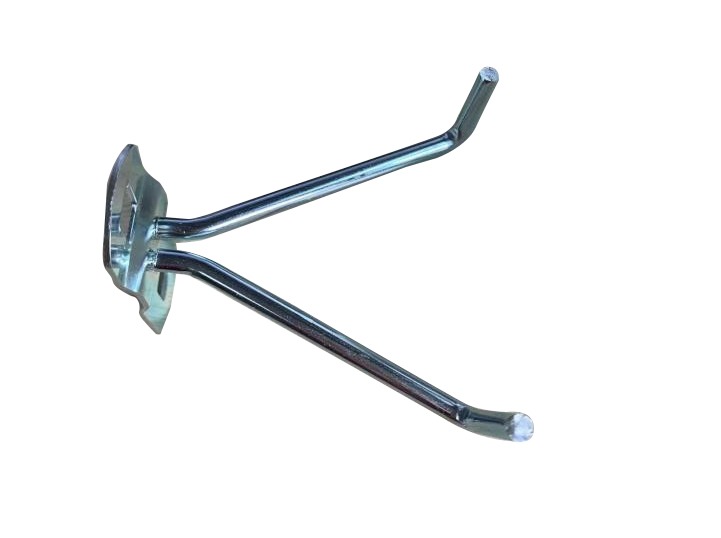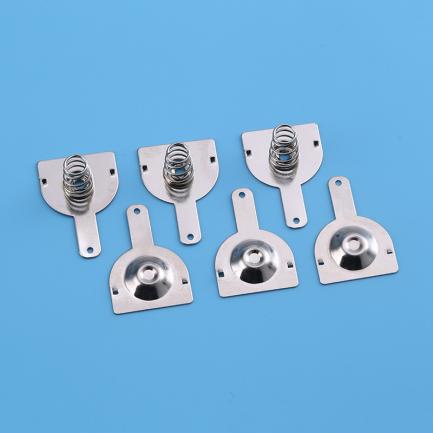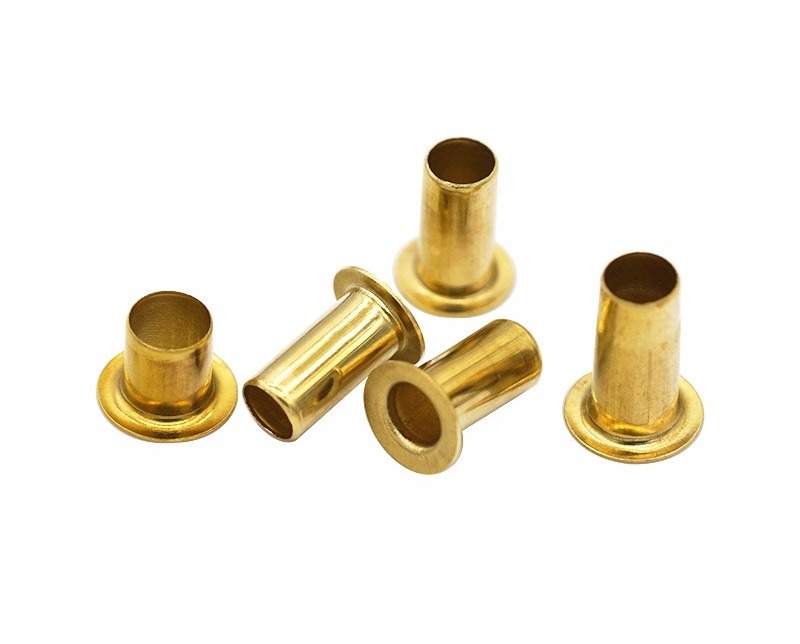What are Process Requirements and Technical Requirements for Metal Stamping Parts
With the improvement of living standards, metal stamping parts have penetrated into all walks of life. Whether in industrial production or daily life, various metal stamping parts are used in many places. It is already closely related to our lives and cannot be separated. What are the process requirements and technical requirements that metal processing factories need to meet in order to produce metal products that can meet the needs of consumers’ production and life?
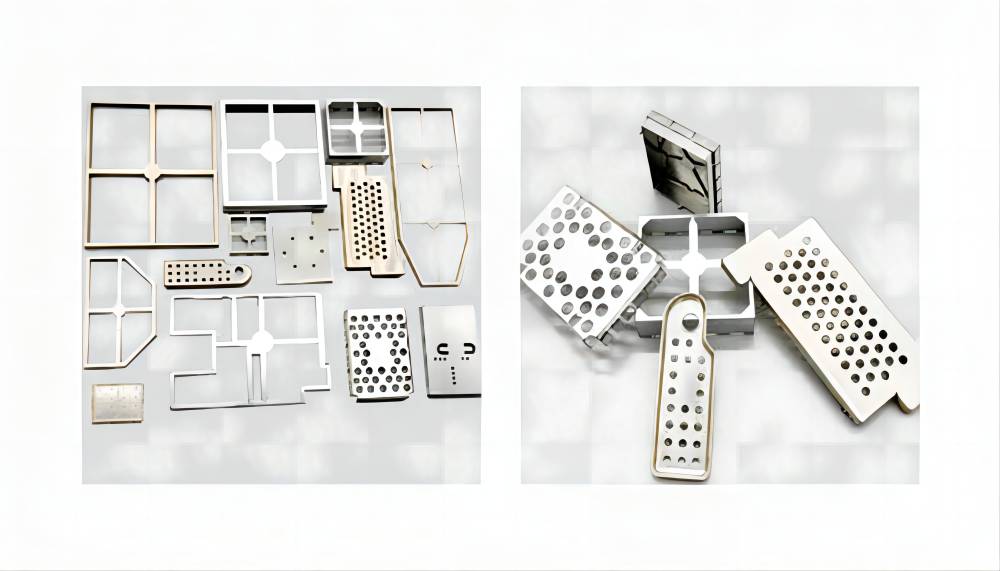
Process Requirements for Metal Stamping Parts
The process requirements for metal stamping parts mainly include the following points:
- Material selection: The material used for metal stamping parts not only needs to meet the technical requirements of product design but also needs to meet the requirements of the stamping process and the requirements of processing after stamping (such as cutting, electroplating, welding, etc.).
- Part design: When designing the structural shape of the parts, it is best to use simple and reasonable surfaces (such as planes, cylindrical surfaces, spiral surfaces) and their combinations. At the same time, the number of processed surfaces and the processed area should be minimized as much as possible.
- Mold manufacturing: The stamping mold is the most important process equipment in the production of stamping parts, and its quality directly affects the quality of the stamping parts. Mold manufacturing should adopt advanced mold design and manufacturing technology, and strictly follow the requirements of the drawings to manufacture.
- Stamping process: The metal stamping process is the production process of metal stamping parts, and its quality directly affects the dimensional accuracy, surface quality and mechanical properties of the stamping parts. The stamping process should be operated by skilled operators and strictly follow the process procedures.
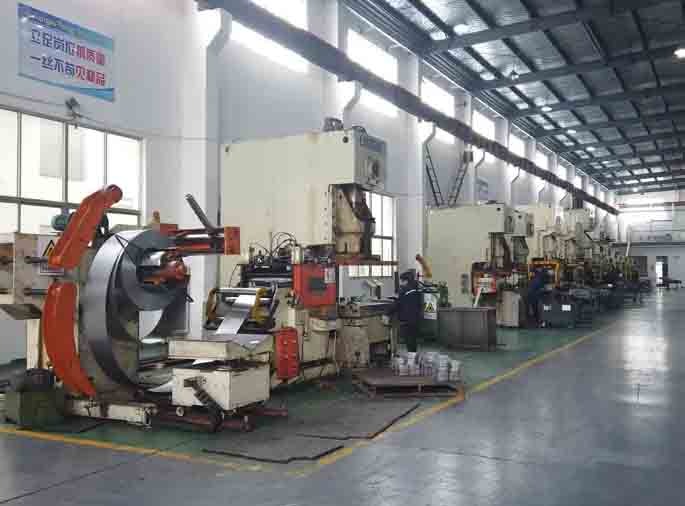
Technical Requirements for Metal Stamping Parts
The technical requirements for metal stamping parts mainly include the following points:
- Material properties: The material used for metal stamping parts should have good plasticity, toughness, impact resistance and fatigue resistance. These properties are important for ensuring that the stamping parts can withstand the forces and stresses that they will be subjected to during use.
- Dimensional accuracy: The dimensional accuracy of metal stamping parts is important for ensuring that the parts fit together properly and function as intended. The accuracy requirement of metal stamping parts is generally within ±0.05mm. This means that the parts should be within 0.05mm of the specified dimensions.
- Surface quality: The surface quality of metal stamping parts is important for their appearance and corrosion resistance. The surface quality requirement of metal stamping parts is generally within Ra3.2μm. This means that the surface roughness of the parts should be within 3.2 micrometres.
- Mechanical properties: The mechanical properties of metal stamping parts are important for their strength and durability. The mechanical property requirement of metal stamping parts is generally in σb≥200MPa, σs≥150MPa. This means that the tensile strength of the parts should be at least 200MPa and the yield strength should be at least 150MPa.
In addition to the above, there are other technical requirements that may need to be considered for specific metal stamping parts. For example, some parts may require special surface treatments, such as anodizing or galvanizing, to improve their corrosion resistance. Other parts may require special dimensional tolerances or surface finishes to meet the requirements of their intended application.
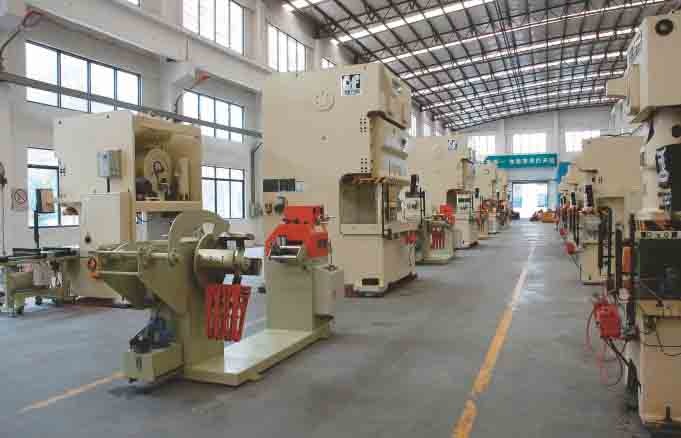
The specific technical requirements for metal stamping parts will vary depending on the design of the parts, the materials used, and the intended application. However, the general technical requirements outlined above are a good starting point for understanding the factors that need to be considered when manufacturing these parts.
Conclusion
Metal stamping parts have the characteristics of thin, uniform, light and strong, and have a wide range of applications. Metal processing factories should strictly follow the process requirements and technical requirements when producing metal stamping parts to ensure the quality of metal stamping parts products.

